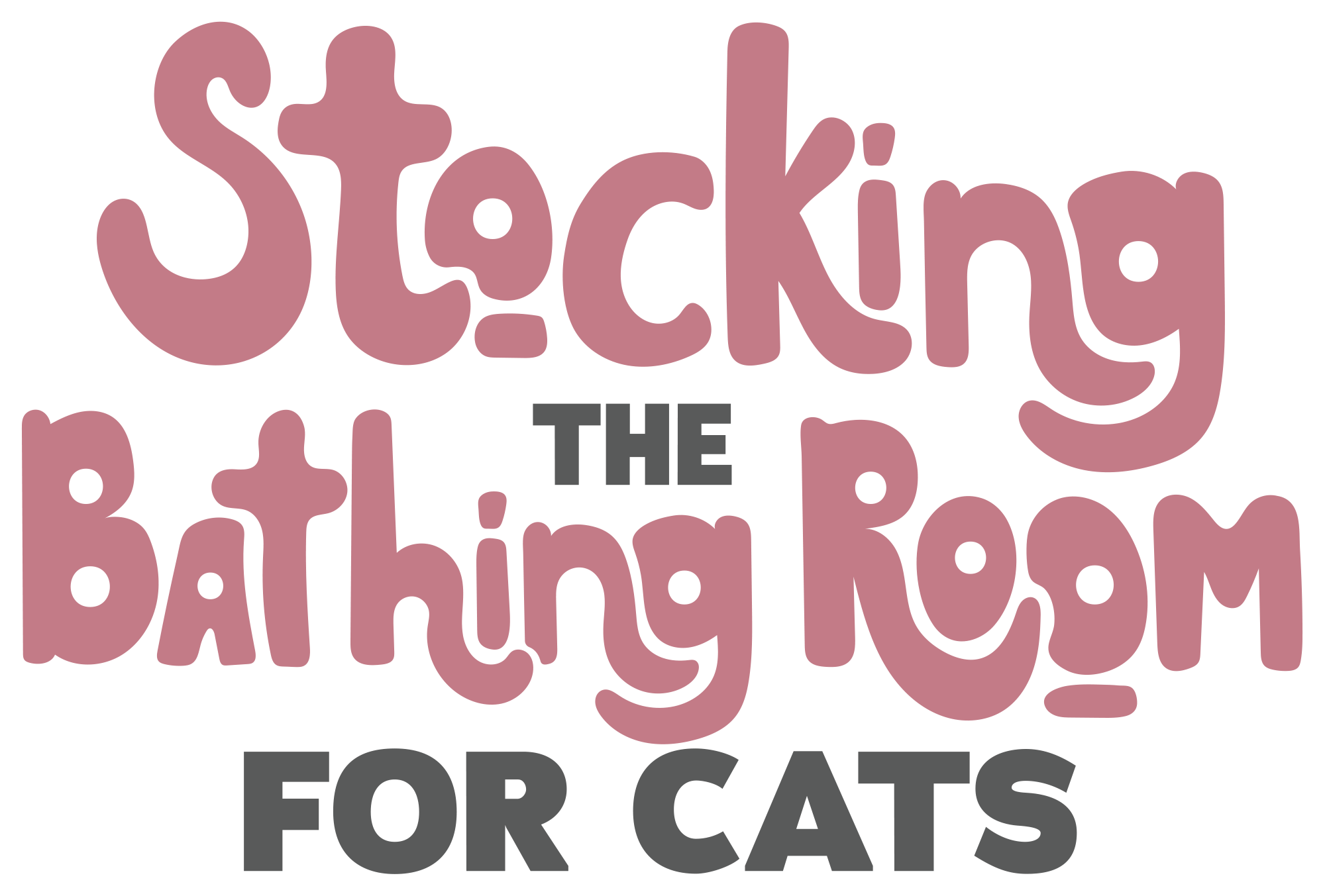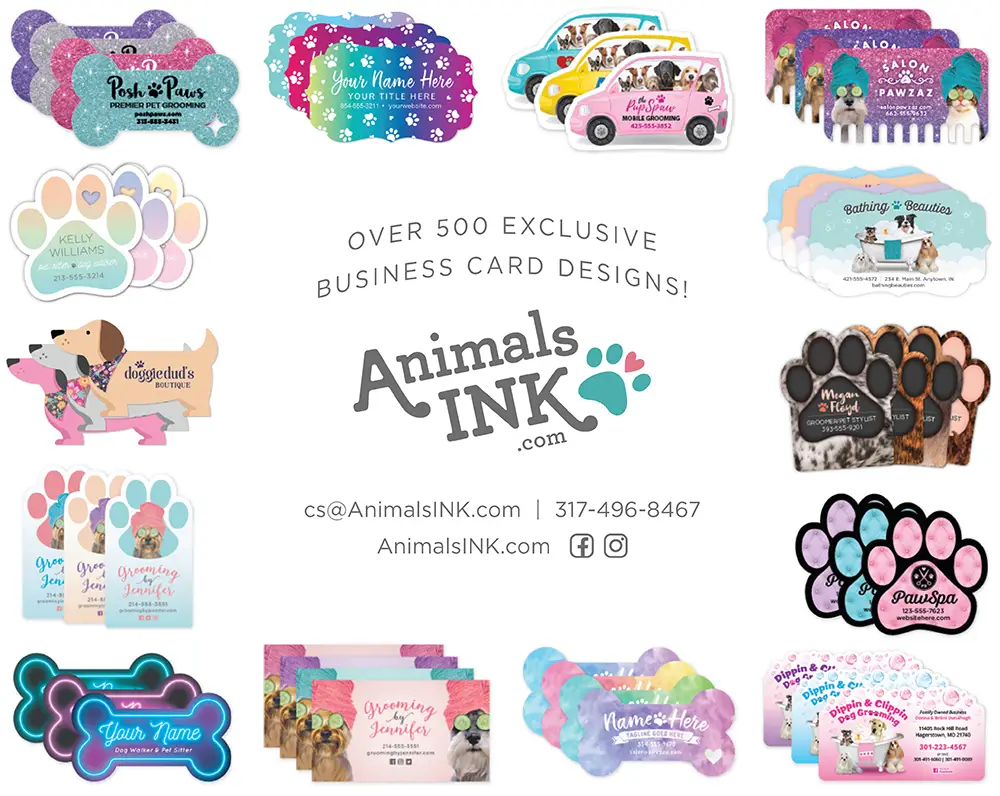
 s a professional cat groomer, having a well-stocked bathing room is crucial to providing top-notch grooming services for feline clients. Ensuring you have the right supplies on hand can make the bathing experience more comfortable and efficient for both the cats and yourself. In this article, we will explore essential items to stock in your bathing room for cats, including ear and eye cleaning, bathing products and finishing touches.
s a professional cat groomer, having a well-stocked bathing room is crucial to providing top-notch grooming services for feline clients. Ensuring you have the right supplies on hand can make the bathing experience more comfortable and efficient for both the cats and yourself. In this article, we will explore essential items to stock in your bathing room for cats, including ear and eye cleaning, bathing products and finishing touches.Certain cat breeds, such as Persians and Himalayans, may develop staining around the eyes due to excessive tearing. In such cases, a small amount of eye powder can be lightly applied to the hair below the eye area with a small makeup brush. Be careful to avoid contact with the cat’s eyes.
For all of these cleaners, clean cotton balls or pads should be used for each individual eye and ear in order to prevent cross-contamination. Only clean the areas that are visible from the outside, as using q-tips or digging too deep inside the ear can cause discomfort or injury to the cat’s inner ear.
A separate cat-safe facewash can help remove dirt, debris and stains from the facial area. Opt for a mild and fragrance-free (or minimal fragrance) formula specifically designed for cats. Take extra care to avoid getting products directly in and around the eyes, ears, nose and mouth.
After degreasing, follow-up shampoos can be used for general cleansing or skin, coat or color enhancement. Each cat’s coat type, color and even their haircut can affect which shampoos should be used. For example, a full-coated Persian may benefit from a cat-safe color-enhancing or volumizing shampoo, while a cat who has received a lion cut due to matting may need a hypoallergenic or over-the-counter medicated shampoo to prevent any additional skin irritation after mat removal.
Conditioners are not needed in cat coats during general grooming sessions. Even diluted conditioners can cause cat coats to return with additional matting and visible greasiness at their next visit a few weeks or months away.
An anti-static spray can be lightly misted onto your comb before the last comb-through if your area or the time of year is causing additional frizziness or static in the cat’s coat. A spritz of a scented finishing spray can add a bit of light scent or shine, but too much will weigh the coat down or cause it to become stringy, so a little bit goes a long way.
Just like with people, any cat has the potential to be sensitive or allergic to individual products or ingredients. In general, products should be labeled safe for cats, have limited harsh or heavily scented ingredients, and leave-in-type products should be avoided or used sparingly.


